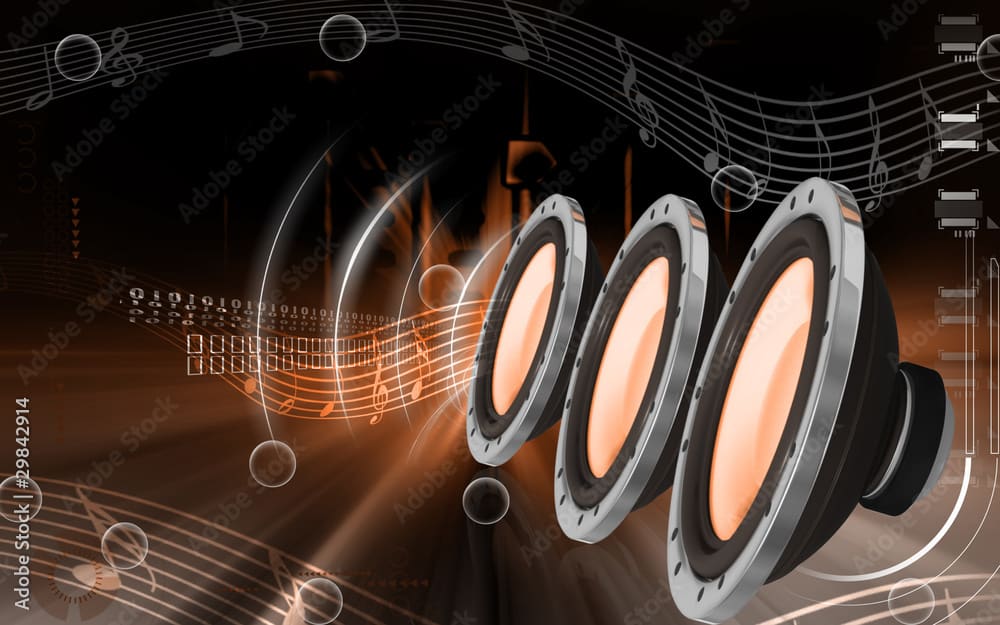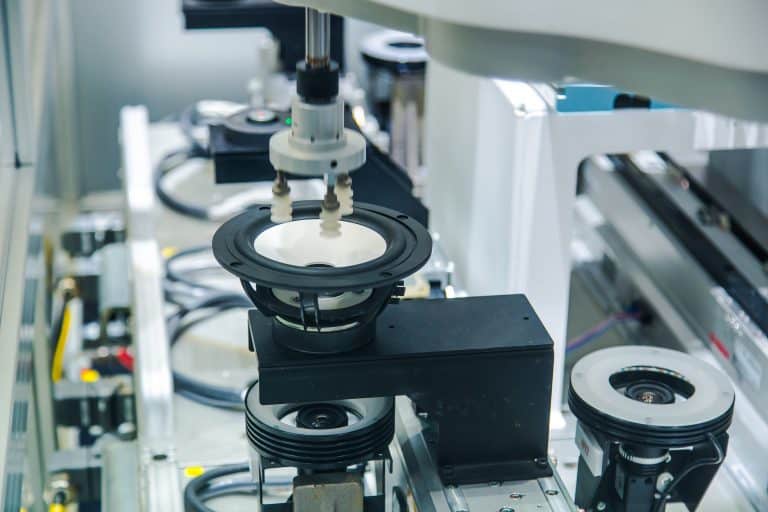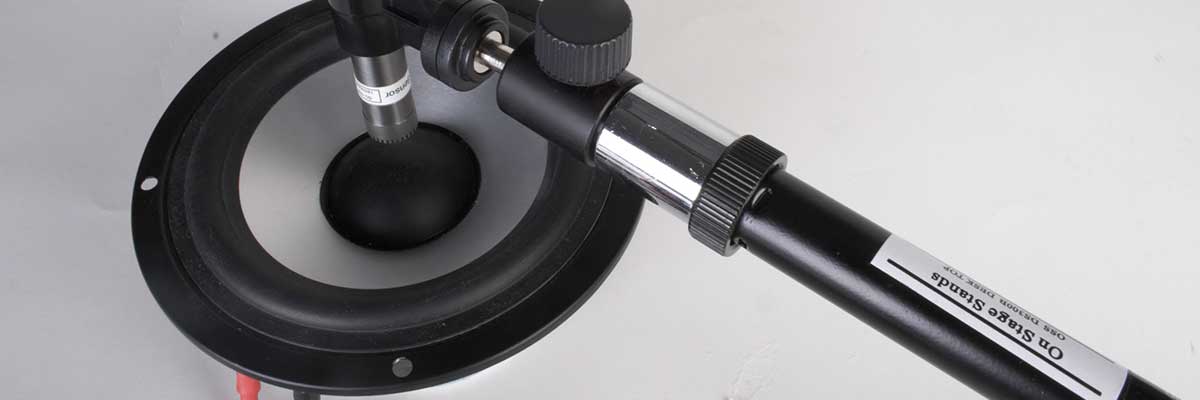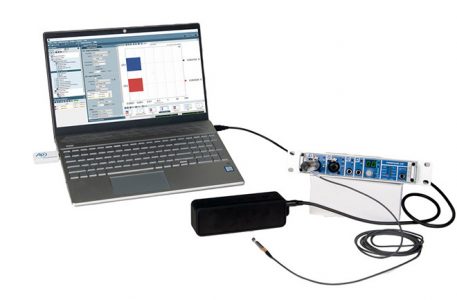Evaluating Loudspeaker Performance
Challenges and Solutions
Evaluating the acoustic performance of loudspeakers presents several complexities. Measuring sound levels accurately requires precision measurement microphones and supporting electronics that have a known, stable sensitivity and flat frequency response over the frequency range of interest.
Testing is further complicated by the interaction of the loudspeaker under test with the test environment. Ideally, we want to measure the direct sound radiated from the device under test (DUT) without any contamination caused by reflections from walls, floors, or ceilings, etc. Special rooms called anechoic chambers are available for this purpose, but they are very expensive and are rarely fully anechoic at the lowest frequencies of interest.

Repeatable Loudspeaker Measurements
Adding to the above complexities is the role physical dimensions play in acoustics. The range of human hearing is commonly accepted to be 20 Hz to 20 kHz, and the corresponding range of wavelengths of sound in air at room temperature is 17.2 m to 17.2 mm (56 ft to 0.68 in). At 20 Hz, a typical loudspeaker is tiny compared to the wavelength of sound, and it behaves like a point source, radiating uniformly in all directions.
At 20 kHz, the opposite is true; a typical loudspeaker is large compared to the wavelength and its radiation pattern is radically different in all directions. Furthermore, the wavelength at 20 kHz is close to the diameter of a typical measurement microphone (12.7 mm or ½ in), making measurements highly sensitive to small changes in microphone position.
Despite the challenges involved, when recommended procedures are followed using quality test equipment, it is possible to make good, repeatable loudspeaker measurements. In general, measurement standards represent a consensus among industry experts concerning test conditions, practices, etc., that will help to ensure that devices are tested in a meaningful, consistent, and repeatable way.

International Standards
International standards covering loudspeaker measurements are IEC 60268-5, Sound system equipment, and Part 5: Loudspeakers. It should be noted that this standard applies to passive loudspeaker drive units and passive loudspeaker systems only (i.e., excludes loudspeakers with built-in amplifiers). Owing to the widespread use of powered speakers today in professional audio and consumer applications, work to revise IEC loudspeaker measurement standards is in process.

Our Solution
APx500 Flex
The APx500 Flex audio analyzer—comprised of APx500 measurement software and an APx500 Flex Key—allows you to select the ASIO-capable audio interface of your choice to use along with AP’s versatile and powerful APx audio measurement software. Start with the measurement options you need now, with the freedom to add additional measurements as your test requirements evolve.
The APx500 Flex brings AP innovations such as one-click measurements, code-free automation, and sophisticated reporting to off-the-shelf audio interface hardware solutions.
